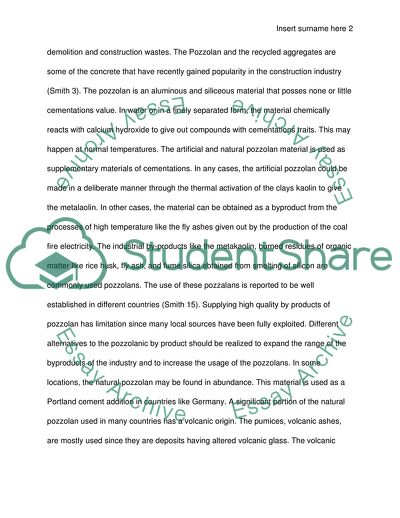Cite this document
(Properties of Concrete Containing Recycled Aggregates Lab Report Example | Topics and Well Written Essays - 1250 words, n.d.)
Properties of Concrete Containing Recycled Aggregates Lab Report Example | Topics and Well Written Essays - 1250 words. https://studentshare.org/engineering-and-construction/1817872-recycled-aggregates-lab
Properties of Concrete Containing Recycled Aggregates Lab Report Example | Topics and Well Written Essays - 1250 words. https://studentshare.org/engineering-and-construction/1817872-recycled-aggregates-lab
(Properties of Concrete Containing Recycled Aggregates Lab Report Example | Topics and Well Written Essays - 1250 Words)
Properties of Concrete Containing Recycled Aggregates Lab Report Example | Topics and Well Written Essays - 1250 Words. https://studentshare.org/engineering-and-construction/1817872-recycled-aggregates-lab.
Properties of Concrete Containing Recycled Aggregates Lab Report Example | Topics and Well Written Essays - 1250 Words. https://studentshare.org/engineering-and-construction/1817872-recycled-aggregates-lab.
“Properties of Concrete Containing Recycled Aggregates Lab Report Example | Topics and Well Written Essays - 1250 Words”. https://studentshare.org/engineering-and-construction/1817872-recycled-aggregates-lab.


